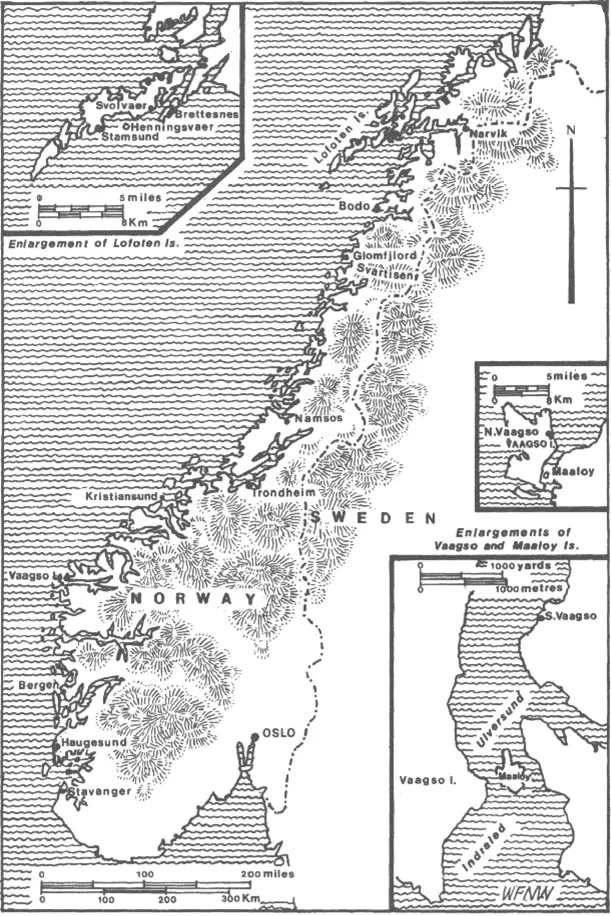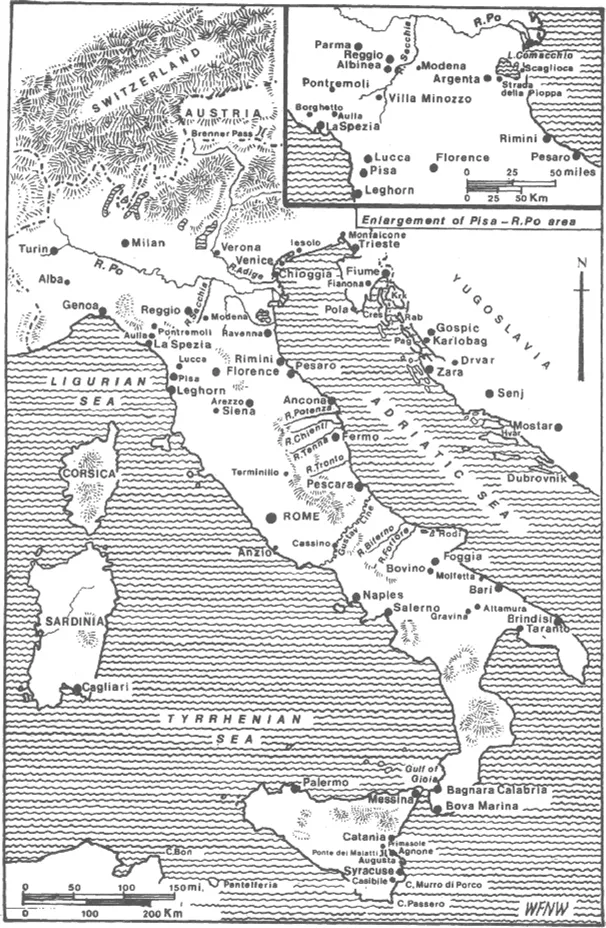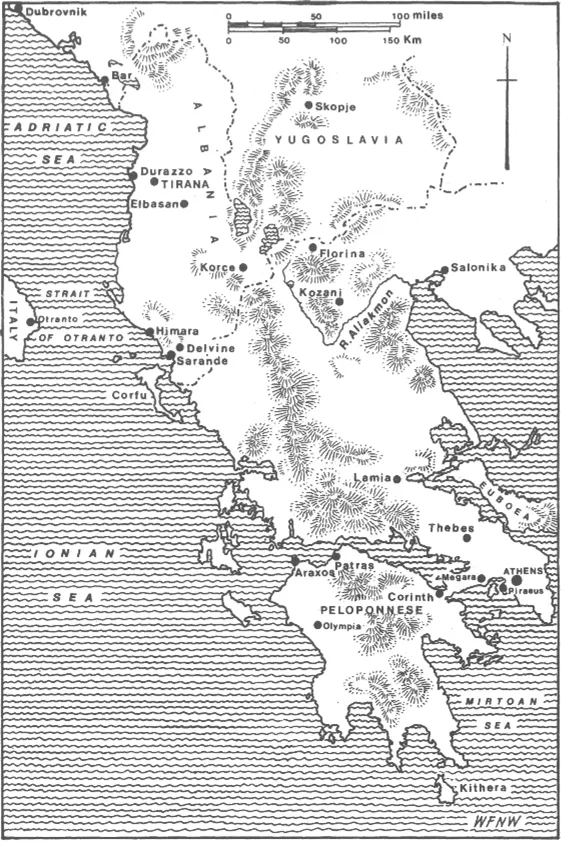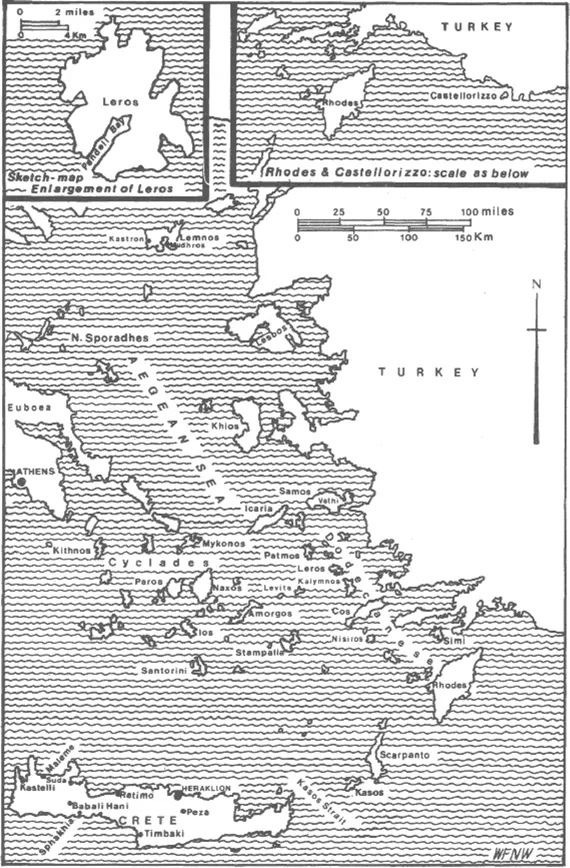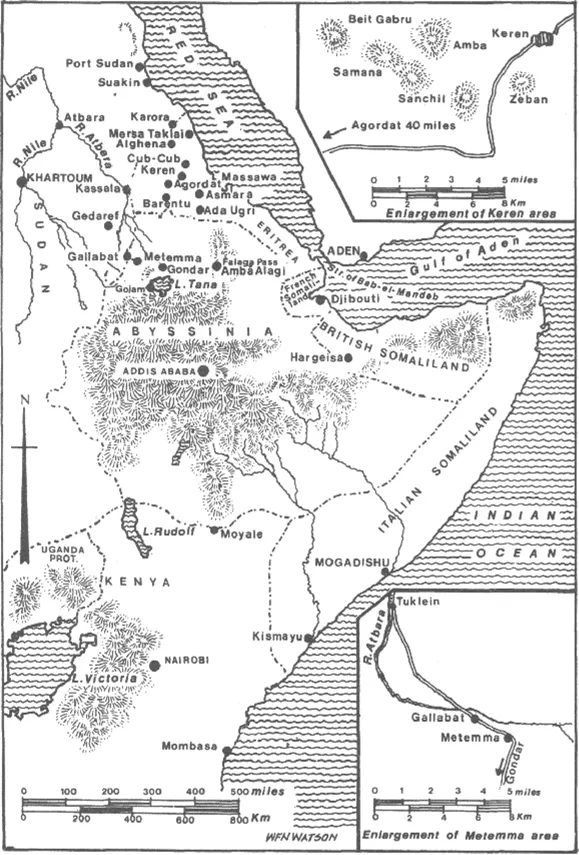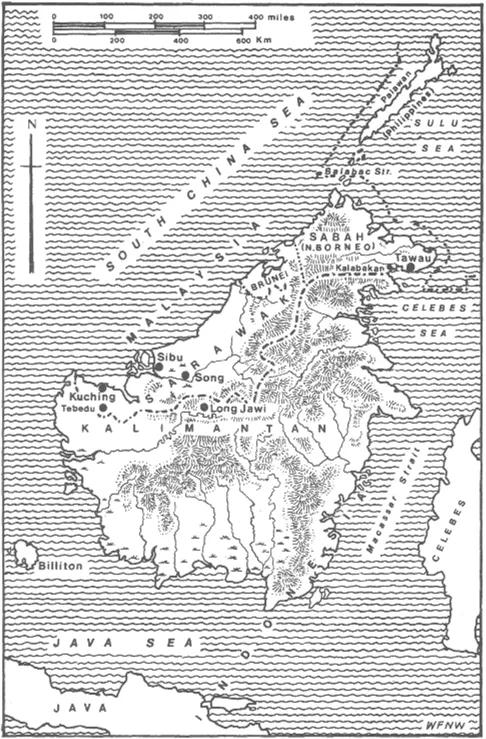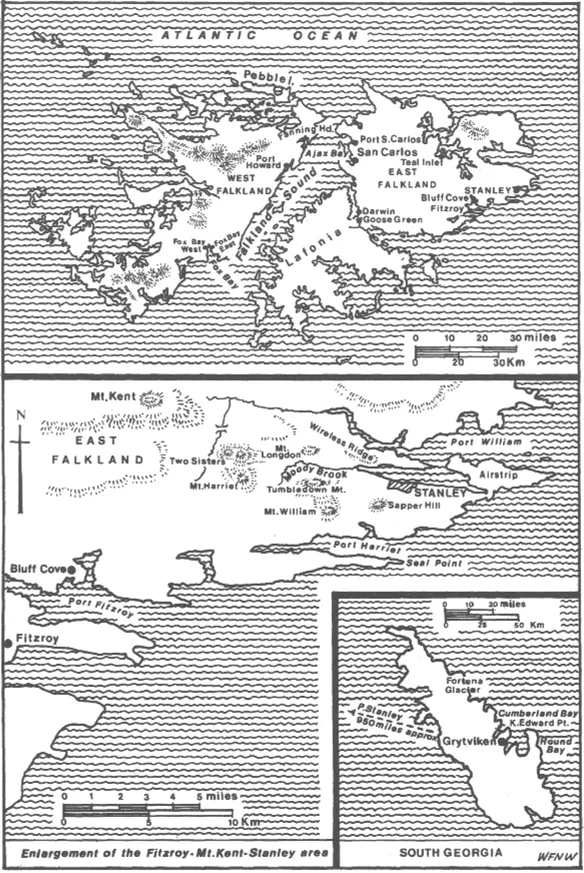![]()
Contents
Foreword by David Stirling
Maps
Author’s Note
1 Commandos: In the Beginning …
2 Commandos: Combined Operations, North-West Europe
3 Commandos: North Africa, Sicily and Italy
4 Commandos: Adriatic, Aegean and Far East
5 Commandos: Operations in the Middle East, 1940–1941
6 Commandos: Operations in the Middle East, after Crete
7 The Special Boat Section, 1940–1945
8 Combined Operations Pilotage Parties
9 The Long Range Desert Group: The Formative Months
10 The Long Range Desert Group: Freedom of the Desert
11 The Long Range Desert Group: A Different Kind of War
12 Popski’s Private Army
13 The Special Air Service: The Desert, 1941–1943
14 The Special Boat Squadron and Raiding Forces
15 Royal Marines’ Special Forces: Force Viper and the Royal Marine Boom Patrol Detachment
16 The Special Air Service: Europe, 1943–1945
17 The Special Air Service: Malaya and Borneo, 1950–1976
18 The Special Air Service: South Arabia, 1958–1976
19 The Special Air Service: Recent Years
Bibliography
Index
![]()
Foreword
This deeply researched and authoritative book has long been awaited by all those interested in the wartime exploits of the British Special Forces. For the first time readers will be able to understand the origin, inter-relationship and special functions of all the main units within the Special Forces throughout the Second World War and after it. William Seymour identifies the principal leaders and tells of their triumphs, failures and frustrations, all set against the backcloth of the main strategic events in the Western Desert, Italy, the Eastern Mediterranean, Western Europe and the Far East. With rare good sense, and never risking the overall balance, he brings to the fore many hitherto unsung acts of heroism and achievement.
At the end of the war all Special Forces units as defined in this book were disbanded, though the special role of each has been knitted into today’s defence forces. The function of the Commandos and the SBS is covered by the Marines, Airborne Forces and to some extent by regular Army battalions – thanks to the latter’s greatly improved standards of training and equipment and to their general sophistication. The role of the other Special Forces, essentially a strategic one, has been incorporated into the reconstituted SAS Group which now enjoys full Army Corps status.
Just how effectively the roles of the Special Forces have been thus absorbed was brilliantly exemplified during the Falklands War. This claim is further consolidated by the activities carried out since 1945 by the SAS, ranging from extensive training missions in jungle and desert to grappling with Mount Everest, together with their sustained campaigns which are well documented in the final chapters of this book.
The British, as William Seymour notes, have demonstrated a unique aptitude for Special Forces. During the Second World War no other country produced men of such calibre as the Special Forces leaders, with one major exception – Otto Skorzeny of Germany. After the war he told me that he read all the available German Intelligence reports on the exploits and organization of the Commandos and the SAS, and on the basis of these he planned his part in the famous Mussolini operation. Despite the disapproval of the High Command and the Wehrmacht, Hitler backed Skorzeny and his team, enabling him to carry out highly effective operations such as the abduction of Admiral Horthy, and his deception activities in the Ardennes, when Skorzeny’s men posed as Allied staff officers. On Skorzeny’s own evidence, therefore, we can say that the ‘one major exception’ derived from British rather than German military thinking.
The author has analysed the qualities required by the SAS but there is one often neglected factor which I would like to emphasize – the importance of the two SAS Territorial regiments. At the start of the Second World War, and during its early stages, it was the ideas and initiatives of these amateur soldiers which led to the creation of at least two units within the Special Forces and gave a particular élan to others. When, however, a specialist unit becomes part of the military establishment, it runs the risk of being stereotyped and conventionalized. Luckily the modem SAS looks safe from this danger; it is constantly experimenting with innovative techniques, many of which stem from its Territorial regiments, drawn as they are from every walk of civilian life.
As a wartime soldier only, with no writing experience, I had qualms about writing this Foreword. William Seymour, on the other hand, was a professional soldier from 1934 to 1949, and he served in the Special Forces during the Second World War. Since his retirement he has led a distinguished civilian career and he is now a professional author. All this is reflected in his excellent book, which in my opinion should be regarded as indispensable for military students and war historians, and as the definitive work for everyone else with a non-professional interest in this fascinating subject.
David Stirling
January 1985
![]()
Maps
Contemporary British usage is followed for place-names throughout the text; modern equivalents are given in the list below (bracketed) for reference.
Abyssinia (Ethiopia) Ada Ugri (Adi Ugri) Agedabiah (Ajdabiyah) Alghena (Elghena) Arsa (Rasa) Banba (Bunbah) Barce (A1 Marj) Bardia (Bardiyah) Beda Fomm (Baydafumm) Billiton (Belitung) Bir Hakeim (Bir Hukayyim) Bishara (Matan Bisharah) Bizerta (Bizerte) Bone (Annaba) Bouerat (A1 Buaryat) British Somaliland (Somalia) Cape Bon (Ras el Tib) Castelorizzo (Kastellorizon) Cos (Kos) Cyclades (Kikladhes) Cyrene (Shahhat) Derna (Darnah) Dhofar (Dhufa) Dodecanese (Sporadhes) Durazzo (Durres) El Agheila (A1 Uqaylah) Euboea (Evvoia) Fayoum (El Faiyum) Fiume (Rijeka) French Somaliland (Djibouti) | Gazala (Ayn al Ghazalah) Ghadames (Ghudamis) Grand Sea Erg (Grand Erg Oriental) Himara (Himare) Homs (Al Khums) Icaria (Ikaria) Istria (Istra) Italian Somaliland (Somalia) Johore (Johor) Johore Bahru (Johor Baharu) Kalansho Sand Sea (Calanscio Sand Sea) Kalymnos (Kalimnos) Kastrou (Kastron) Kufra (Al Kufrah) Leghorn (Livorno) Lemnos (Limnos) Lesbos (Lesvos) Lussin (Losinj) Mechili (Al Makili) Mersa Brega (Qasr al Burayqah) Mersa Taklai (Marsa Taklai) Msus (Zawiyat Masus) Mudhros (Moudhros) Murge (Minervino) Murzak (Marzuq) Mykonos (Mikonos) | Philippeville (Skikda) Pola (Pula) Quamero Gulf (Kvamer) Retimo (Rethimnon) Salonika (Thessaloniki) Santorini (Thira) Sarra (Matan as Sarra) Scarpanto (Karpathos) Senj (Sinj) Sheikh Othman (Shaykh Uthman) Siam (Thailand) Sirte (Surt) Solluch (Suluq) Solium (Salum) South Yemen (People’s Democratic Republic of Yemen) Sphakhia (Sfakion) Stampalia (Astipalaia) Timbaki (Timbakion) Tmimi (At Tamimi) Tobruk (Tubruq) Traghen (Traghan) Trucial Oman States (United Arab Emirates) Yemen (Yemen Arab Republic) Zara (Zadar) Zella (Zillah) Zuara (Zuwarah) |
Norway 1940–2
France and Belgium 1940–5
Italy, Sicily and the Adriatic 1943–5
Madagascar 1942
Adriatic Sea and Dalmatian Islands 1943–5
Greek Mainland and Albania 1941–5
Burma 1942–5
Aegean Sea and the Greek Islands 1941–5
Belgium, the Netherlands and North-West Germany 1940–5
North Africa and the Middle East 1940–3
East Africa 1940–1
Malaya 1950–8
Borneo 1962–6
South Arabia 1958, 1964 and 1970–6
The Falkland Islands and South Georgia 1982
![]()
Author’s Note
During the last war there was a good deal of misunderstanding, and a certain amount of resentment, associated with ‘private armies’ – a pejorative term applied by their detractors to some of the special forces that were raised in the early 1940s. The great specialist value to the modem army of the two survivors of the Second World War (the SAS and SBS) has helped to dispel the accusation that they were all a waste of manpower which could have been better, or at least as well, used in a properly trained regular formation.
It is probably true to say that in the war too many special forces were formed and a certain amount of duplication took place. But there was then, and perhaps will be even more so in any future war, a need to raise a force specially trained and equipped to fulfil a particular purpose for which regular formations may not be suitable or cannot be spared – the Long Range Desert Group is just one example. The criteria must be that such a force should not be large, should be kept well under control, should be used only for the special purpose for which it was raised and should be well disciplined.
In the course of my research for this book (coupled with some practical experience) it has been possible to find that where occasional cases of indiscipline have not been speedily dealt with they have damaged the performance and reputation of the force. There is no place in special forces for scallywags in search of adventure of a piratical nature, but there is plenty of opportunity for men with courage, intelligence, initiative and self-discipline. Throughout the story of the special forces mentioned in this book, the quality of courage runs as a golden thread through the rich In the course of my research for this book (coupled with some practical experience) it has been possible to find that where occasional cases of indiscipline have not been speedily dealt with they have damaged the performance and reputation of the force. There is no place in special forces for scallywags in search of adventure of a piratical nature, but there is plenty of opportunity for men with courage, intelligence, initiative and self-discipline. Throughout the story of the special forces mentioned in this book, the quality of courage runs as a golden thread through the rich
All this I have tried to show, and at the same time I have tried to bear in mind Sir Lewis Namier’s precept, ‘What matters in history is the great outline … what must be avoided is the deadly mass of irrelevant detail.’ However, in attempting to write compendiously on a vast subject this has not been easy, for certain details as to recruitment, organization, equipment, training and purpose are important if the composition and performance of the various forces are to be properly understood. As the bibliography shows, almost all of the special forces outlined in this book have had their story told, mostly by men who commanded or fought in those forces. Therefore many of the tales of daring and resource here recounted can be found in greater detail elsewhere. But to those who may say that this book merely repeats much of what has already been written in other books, I can only reply that as far as I know the story of the special forces in those memorable years of audacity and excitement has never been put under one umbrella – and that is the main purpose of this work.
Inevitably (owing to shortage of space, lack of information or security), some of the forces have been treated less fully than others, some have been mentioned only in chapters dealing with a unit to which they were attached or with whom they had close associations, and some – for there were a few which sprang up and died down quite quickly – may have been omitted altogether, in which case I apologize. But I make no apologies for devoting over 2,000 words to Force Viper, a small and relatively unknown force that was raised, went into action and was disbanded all in the space of less than six months. In the first place I consider this was an excellent exampl...

